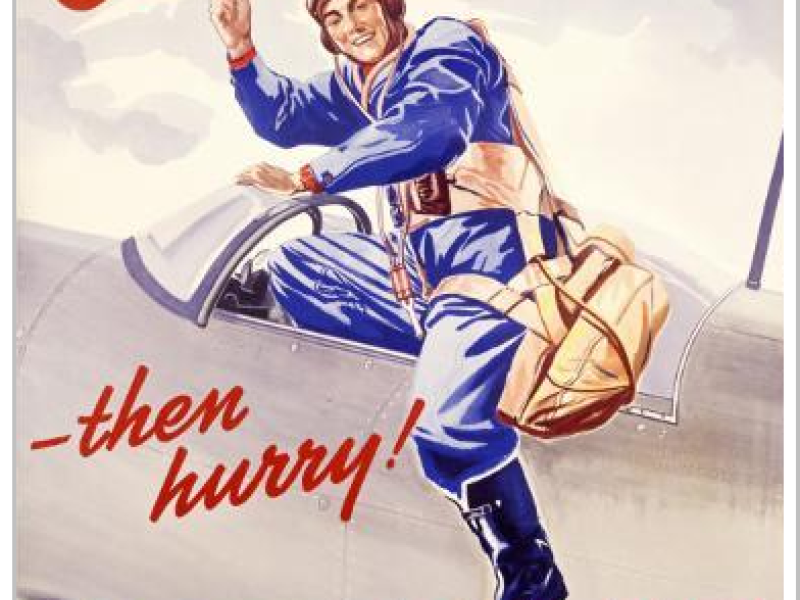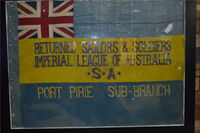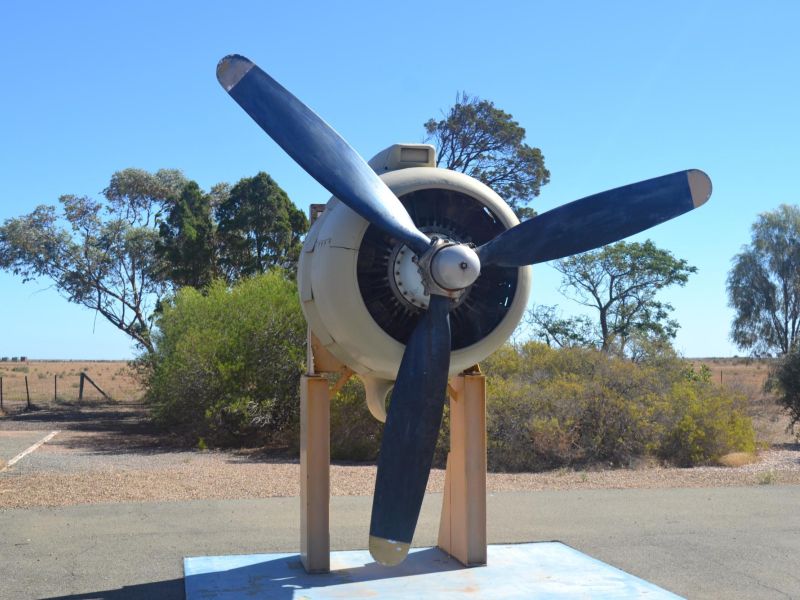Empire Air Training Scheme
An official announcement of Australia's initial contribution to the Empire Air Training Scheme (EATS), was made by Prime Minister Menzies on the 16th December 1939. Mr. Menzies said “The scheme would play a decisive part in the war. It would afford a remarkable example of the unity and strength of Britain and the Dominions working together for supremacy in the air. Australia will not only be a unit in the massed Empire air forces, she will also add immediately to her defences by creating an organisation which will be much bigger than she could ever have hoped to attain herself”.
This remarkable scheme was to supplement a shortfall of pilots and aircrew for the Royal Air Force (RAF)during World War Two. While British factories could rapidly increase their aircraft production, there was no guaranteed supply of trained aircrew. To overcome this problem the British government put forward a plan to its dominions to jointly establish a pool of trained aircrew who could then serve with the RAF.
Great Britain would make substantial contributions to the Australian scheme in finance, aircraft and instructors. The total cost of the scheme to Australia would be £50,000,000, Australian currency. The introduction of the scheme involved a vast expansion of training facilities in Australia, including the establishment of at least 34 more training schools. The main points of the scheme were:
Personnel— The Commonwealth was to train, as soon as possible, as the first objective, 26,000 men, comprising 10,400 pilots and 15,000 aerial observers, wireless operators and air gunners. Some personnel would receive service training in Canada.
Aircraft— Australia was to provide all elementary training aircraft to be used in Australia, but Britain would contribute free 50 per cent, of the engines required, in-kind or cash. Australia was to provide all Wirraways for intermediate training, but Britain would also contribute the cost of a large number of Wirraways or provide in-kind, an equivalent number of similar aircraft to an extent necessary to supplement local production. Britain would contribute free all aircraft required in Australia for advanced training of pilots, and for the training of aircrews, except for a small number of aircraft necessary for wireless training of air-gunners. The types which would be supplied for this purpose would be Fairey Battles and Avro Ansons. Britain also contributed free, all aircraft to replace wastage of those originally contributed and appropriate maintenance of spare parts.
Training schools— Australia accepted responsibility for the establishment and maintenance of necessary training schools and establishments in Australia, and formed, in addition to existing factories, three initial ground-training schools, nine elementary flying training schools, seven service flying training schools, four air observers' schools, four bombing and gunners' schools, one wireless operators' school, and two air navigation schools.
Instructors— Britain provided on loan, instructors necessary to supplement those who couldn’t be provided from Australia’s resources. All trainees were enlisted in the Royal Australian Air Force and, on completion of training, were to be attached to the Royal Air Force from the date of embarkation for Britain. Those completing their training in Canada were to be attached to the Royal Canadian Air Force while in that country.
Pay of personnel— Australia accepted responsibility for all pay and allowance while the personnel is serving in Australia. Britain beared the cost of pay allowances and pensions at the English rate, from the date of embarkation for England. The pay of the quota being trained in Canada were borne pro rata by all Governments, at Canadian rates of pay, till the completion of service training.
Recruiting of air and ground personnel under EATS began in Port Pirie on the 25th March 1940. Port Pirie was the first chosen country centre selected for establishment of a recruiting depot, which was established in the Drill Hall.
The Empire Air Training Scheme accounted for training almost half the pilots, navigators, flight engineers, wireless operators, bomb aimers and air gunners that served with the Royal Australian Air Force (RAAF), Royal New Zealand Air Force (RNZAF), Royal Canadian Air Force (RCAF) and Royal Air Force (RAF) during World War 2. It remains one of the largest aviation training programs in history, and is acknowledged as the predominant driving force that saw the RAAF grow from around 4,000 personnel in 1939 to almost 120,000 in 1944.
Sources:
Trove Australia
Australian War Memorial
- Trove Australia http://nla.gov.au/nla.news-article170002485
- Trove Australia http://nla.gov.au/nla.news-article96326362
- Australian War Memorial ARTV04297 https://www.awm.gov.au/collection/C99764

 RSL (Port Pirie Sub Branch) Inc.
RSL (Port Pirie Sub Branch) Inc.